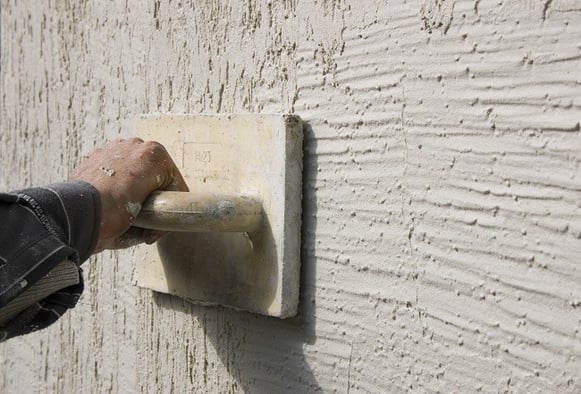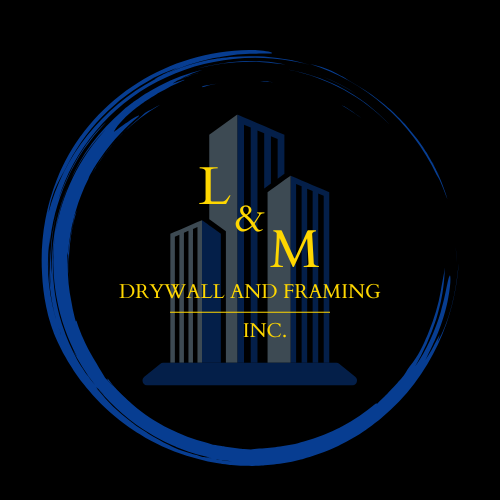CALL TODAY! → (321) 442-6490
Mastering Texture Matching: A Guide to Flawless Drywall Repair in Commercial Spaces
Blending is everything when it comes to drywall repairs. We explore how pros match textures perfectly. Ideal for renovations, patches, and additions.
5/16/20254 min read


Understanding the Importance of Texture Matching
In the realm of drywall repair within commercial buildings, texture matching plays a pivotal role in maintaining the overall aesthetic integrity of the space. When undertaking any repair work, particularly in environments such as offices, retail establishments, or hospitality venues, the visual impact of mismatched textures can be strikingly detrimental. An incongruity in texture often draws the eye, creating a visual dissonance that can detract from the professionalism and appeal of the setting.
The importance of texture matching extends beyond mere aesthetics; it reflects the commitment of a business to quality and attention to detail. When clients or customers enter a commercial space, their first impression can significantly influence their overall perception of the establishment. According to industry experts, a well-maintained environment contributes to customer satisfaction and can even lead to increased sales. A 2020 survey among business owners indicated that 70% of respondents attributed their success, in part, to the aesthetic quality of their premises, highlighting how crucial appearance is in commercial viability.
Furthermore, texture matching helps unify various elements within a space, ensuring that any drywall repair is seamlessly integrated with the existing environment. This cohesion not only reinforces the design language of the establishment but also enhances the functionality of the space. For example, in open-plan offices or multi-functional areas, a consistent texture contributes to an uninterrupted flow, promoting better communication and productivity among team members.
In summary, investing time and resources into proper texture matching during drywall repair is essential in commercial environments. It fosters a positive impression, reinforces brand identity, and guarantees a cohesive visual experience, ultimately supporting the long-term success of the business.
When is Texture Matching Necessary?
Texture matching is a vital component of drywall repair in various scenarios, particularly within commercial spaces where aesthetics play a significant role. One common situation requiring texture matching arises during patch repairs. When a section of drywall has suffered damage—from water leaks, impacts, or other accidents—simply replacing the drywall is not sufficient. The newly installed section must blend seamlessly with the existing texture to maintain a uniform appearance. This need for consistency becomes even more pronounced in commercial environments, where brand image and customer experience can be affected by visual coherence.
Another scenario that necessitates texture matching is during renovations. When an existing space undergoes updates, such as adding new walls or modifying layouts, the introduction of new drywall areas can create noticeable discrepancies in texture. For example, if a company decides to expand its office space by adding new rooms, these newly constructed areas must match the texture of the pre-existing surfaces to ensure a cohesive look. The requirement for texture matching is quite evident in such cases, as mismatched textures can create visual distractions that detract from the professionalism of the space.
The size of the repair also plays a crucial role in determining the necessity of texture matching techniques. Smaller repairs might be easier to blend with the surrounding area, whereas larger patches or multiple repairs may demand a more comprehensive matching strategy. Additionally, the type of texture pattern—whether it be knockdown, orange peel, or slap brush—affects the approach taken for effective texture matching. Each pattern requires specific techniques to achieve a flawless finish. In conclusion, understanding when texture matching is necessary is critical for achieving a high-quality drywall repair, especially in environments where appearance and professionalism are key considerations.
Material Selection and Preparation for Texture Matching
When undertaking drywall repair within commercial spaces, the selection of appropriate materials and tools is vital for achieving a seamless texture match. The process begins with the identification of the existing drywall material, which can vary from standard gypsum board to moisture-resistant or fire-rated boards, depending on the specific needs of the space. For effective texture matching, it is essential to use a compatible drywall type that closely resembles the original installation.
Next, the choice of texture compounds plays a crucial role. Common options include joint compound, texture spray, and various pre-mixed textures. Each of these compounds offers unique properties that can effectively replicate different texture styles, such as knockdown, slap brush, or smooth finishes. It is essential to evaluate the desired finish and texture type to ensure compatibility with the existing surface. Using a compound that can easily blend with the existing texture will avoid visible discrepancies after the repair.
Primer and finish selection should not be overlooked; the right primer can greatly enhance the adhesion of the topcoat and improve overall texture matching. For instance, a high-quality primer can help in sealing the repaired area, providing a uniform base for paint application. Matching the sheen and finish of the surrounding surfaces is equally important; whether opting for matte, eggshell, or satin finishes, the careful selection will ensure a cohesive appearance in the repaired area.
Before applying new texture, proper preparation of the area is essential. This involves assessing the existing texture type and condition. Cleansing the surface of any debris, removing loose materials, and repairing any underlying damages will facilitate a smoother application process. Implementing this preparation phase, along with careful selection of materials, is the foundation of achieving flawless texture matching in drywall repairs within commercial settings.
Techniques for Blending and Achieving a Seamless Finish
Achieving a flawless drywall repair in commercial spaces hinges on effective texture matching. Various techniques allow professionals to blend new textures with existing surfaces seamlessly, ensuring that any repairs or modifications become virtually undetectable. The first method involves spray application, which is commonly used to achieve textures like knockdown or popcorn. For this technique, a hopper gun is employed to spray a mixture of joint compound and water onto the surface. Adjusting the air pressure can help control the texture's density, allowing for precision in matching the existing surrounding area.
Another widely-used method is hand texturing. This technique is particularly effective for intricate designs and requires tools such as brushes, rollers, or sponges. By manipulating the compound manually, skilled professionals can create various textures that harmonize with the existing patterns. It is crucial to practice the hand movements to maintain consistency, as this significantly impacts the final appearance. Moreover, hand texturing may be optimal for small patches where precision is paramount.
Layering techniques can also enhance texture matching. This involves applying multiple thin layers of compound, allowing each layer to dry before adding the next. Layering creates depth and can be adjusted to match specific finishes, such as smooth or rough textures. To aid in visual assessment, professionals often recommend using a sample board; this allows for side-by-side comparison of both old and new textures under similar lighting conditions. Ultimately, integrating these techniques into your drywall repair process will enhance the likelihood of achieving a professional-looking result, irrespective of one's expertise level. Consistent practice and careful adjustment of techniques will undoubtedly empower any individual tasked with texture matching in commercial environments.
SUBSCRIBE TO OUR NEWSLETTER
CALL:
(321) 442-6490
HOURS:
Mon-Sat
9:00am-5:00pm
COPYRIGHT © 2025 L&M Drywall And Framing INC.


